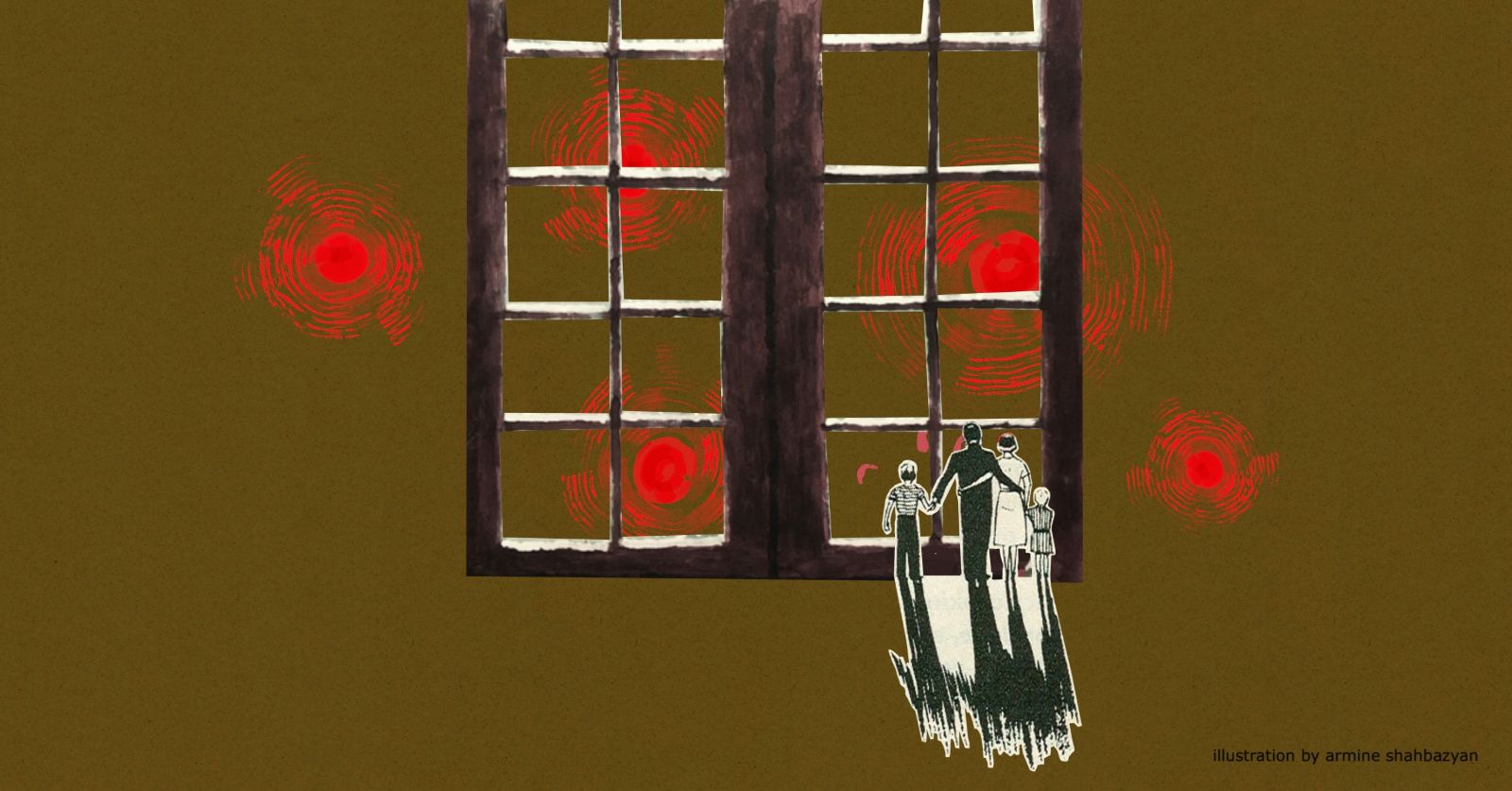
Listen to the article.
The recent exchange of missile strikes between Israel and Iran has resurfaced an often-overlooked dimension of statehood: the protection of civilians. Armenia, for its part, condemned Israel’s overnight strikes on nuclear facilities and military sites across neighboring Iran, calling for an immediate end to the military action. Yet beyond the diplomatic reaction lies a deeper question—how do states protect their people when missiles fly? As the conflict unfolded, Israel’s Home Front Command—the specialized IDF branch responsible for civilian protection and emergency preparedness—activated a nationwide network of air raid sirens and reinforced shelters. In Iran, while no public alert system was widely seen, the country has long invested in dual-use infrastructure—with metro stations, tunnels, and public buildings in cities like Tehran and Isfahan designed to double as civil shelters, a legacy of the Iran–Iraq War. Yet even with such physical preparedness, the absence of a coordinated public warning system left millions unalerted and exposed. The message is clear: civil defense matters.
One cannot help but reflect on the evolving geopolitical realities—and the return of war as a persistent regional force. It is not enough to analyze from a distance. As an Armenian collective, it is possible—and necessary—to interject where it matters most: the security and dignity of the Armenian citizen. In the republican tradition—where the state exists to serve the common good and protect civic life—civil defense is not an optional function of government. It is a foundational expression of sovereignty, as countries like Switzerland have long demonstrated through universal shelter access and nationwide preparedness systems.
Our republic’s earliest leaders understood this well. In 1918, as Ottoman forces approached, Aram Manukian, then Minister of Internal Affairs, oversaw the emergency fortification of Yerevan and helped mobilize the civilian population in preparation for the Battles of Sardarabad and Karakilisa. It was not technology that secured the capital, but organized readiness, civic will, and improvised infrastructure. The instinct to protect the public was not outsourced—it was owned. Today’s call to build sirens and shelters is not a break from that legacy—it is its natural continuation.
For Armenia—a nation still absorbing the trauma of the 2020 war and the 2023 ethnic cleansing in Nagorno-Karabakh—this is more than an abstract lesson. While a new comprehensive security doctrine has been initiated, and the 2020 National Security Doctrine includes some aspects of civil defense, the pace and visibility of progress remain limited. In light of rapidly evolving warfare technologies—as seen in Ukraine and the Israel–Iran conflict—civil defense needs to be elevated to a strategic pillar of national development. Yet today, Armenia still lacks a fully developed civil alert system. While an SMS-based early warning system exists—similar to an Amber Alert—it remains limited in reach and public integration. Shelters exist in only a limited number of public buildings—often neglected or repurposed. While the Ministry of Internal Affairs oversees the Rescue Service and the national 911 system, there is no dedicated civil protection authority tasked with leading a unified strategy. Armenia has fragments of readiness, but no structure of resilience.
This is not merely a matter of budget or bureaucracy. It is a test of political imagination and civic will. Civil defense reflects a society’s confidence in its future. It affirms that national survival is not just a question of military strength or diplomacy, but of planning, infrastructure, and trust in the state.
A practical path forward begins with a focused pilot: scaling up and systematically integrating siren and mobile alert systems in key communities—supported by diaspora philanthropy and local municipalities—offers immediate, scalable impact. While some sirens were reportedly tested during the 2020 war, Armenia still lacks a coordinated and reliable public alert infrastructure that covers both rural and urban populations.
In parallel, municipalities can begin mapping and evaluating potential shelter spaces—basements, garages, and unused underground structures—and prioritize upgrades in the most vulnerable districts. These modest actions form the backbone of an evolving civil defense network.
Over the longer term, Armenia would benefit from establishing a National Civil Protection Office: a professional, independent authority tasked with coordinating civil defense policy, infrastructure standards, drills, and strategic readiness. This would turn today’s fragmented tools into a coherent national system of protection.
Importantly, this cannot be reduced to a technocratic checkbox. Armenia already has trained emergency personnel and institutions like the Crisis Management State Academy. But civil defense cannot be stitched together during a crisis—just as calling up uncoordinated volunteers during the 2020 war proved disastrous. It needs to be designed in peacetime, internalized by society, and regularly tested to be effective when it counts.
This is not about militarizing the public. It is about cultivating civic continuity—ensuring that the Armenian state is not only capable of surviving, but of protecting life meaningfully.
A resilient Armenia does not simply begin with arms or alliances—it begins by ensuring that every citizen knows where to go when the siren sounds.
And perhaps the greater challenge is not a lack of capacity, but the misplaced focus of public discourse. At a time when Turkey and Azerbaijan continue holding joint military drills on Armenia’s doorstep, the national conversation would be better served by investing its energy in building a real civil defense system, rather than being consumed by secondary debates.
Recently published
Electric Vehicles Surge in Armenia, But Where Will the Batteries Go?
Armenia’s electric vehicle market is booming, driven by import incentives and global trends. But as EV adoption accelerates, the country faces a looming challenge: how to safely recycle lithium-ion batteries in a system unprepared for hazardous waste disposal.
Read moreThe Armenian Soul in Buenos Aires
Exploring the Armenian-Argentine experience, Tigran Yegavian asks whether a diaspora can sustain Armenianness without a homeland, reflecting on identity, disconnection, and the enduring spirit that binds a dispersed people across generations and continents.
Read moreGrowing Up On the Border: Youth Narratives of War, Peace and Home
Drawing on voices from Armenia’s border communities, Gayane Ghazaryan explores how war and displacement shape young people’s sense of home, belonging, and identity, revealing emotional landscapes often overlooked in mainstream narratives of conflict and peace.
Read more



